What is a Weatherstrip?
Weatherstrips, also known as weatherseals, are a type of seal or gasket used around the edge of uPVC, wooden and Aluminium windows and doors to protect against weathering. They act as a barrier, filling the gaps and spaces around the frame to prevent the ingress of water, air and dust. They help maintain a reliable watertight seal whilst also contributing to increased energy efficiency by reducing heating costs.
These products are usually made from materials like rubber, foam, felt or plastic, which are chosen for their durability, flexibility and resistance to weathering. Weatherstrips come in various shapes and sizes, designed to fit different gaps and grooves in and around your frame. They can also be used for automotive applications around doors, windows and boots to keep the interior sealed from external elements.
The effectiveness of weatherstripping in insulating and protecting your property against water ingress makes it an essential component for every window and door.
How Do I Know if I Need Weatherstripping?
Assessing whether you need weatherstripping around your window or door is a crucial step in maintaining an energy-efficient and comfortable home. Whilst you may wish to consult a professional, weatherstripping is considered a DIY project and determining whether you need a new or replacement gasket is as simple as following these steps.
Visual Inspection
Start with a visual inspection of your windows and doors looking for gaps or cracks in the existing seal. Over time, weatherstrips can degrade, become over compressed, torn or detach themselves from the frame. This creates gaps that can be easily identified with a visual inspection. Using a flashlight aimed at the outside of the window or door, you should be able to see any light that shines through the frame. This will highlight damaged or missing weatherstripping and give you a clear indication that a replacement is needed.
Inspect for Physical Damage
Checking for physical damage to your window and door frames can help identify issues with insufficient weatherstripping. Warping, rotting or bending within these frames can create gaps that allow air to pass through. Although replacing these weatherseals can help seal the gap, extensive damage may require more significant repairs or replacement.
Whilst replacing window seals and weatherstrips is considered a DIY job, it is sometimes necessary to consult a
glazing professional.
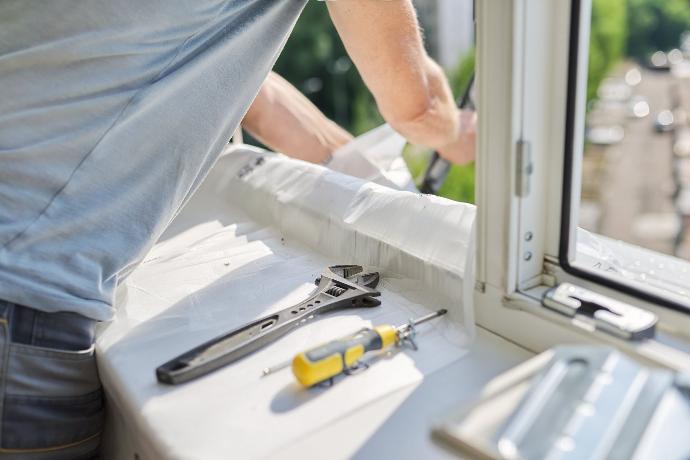
The Paper Test
A simple method to check for gaps is the paper test. Close a door or window on a piece of paper and attempt to pull the paper out without tearing it. Being able to easily slide out the piece of paper indicates that there is a gap that air, moisture or water could pass through. This shows that a replacement weatherseal is required.
Condensation on the Window Panes
During the colder winter months, you can look for signs of excessive condensation near the edges of windows and doors. These can be indicators of air leaks as the cold moist air enters through gaps around the window panes.
Condensation forms when moist air comes into contact with the cooler surface of the window pane, causing the moisture in the air to condense into water droplets.
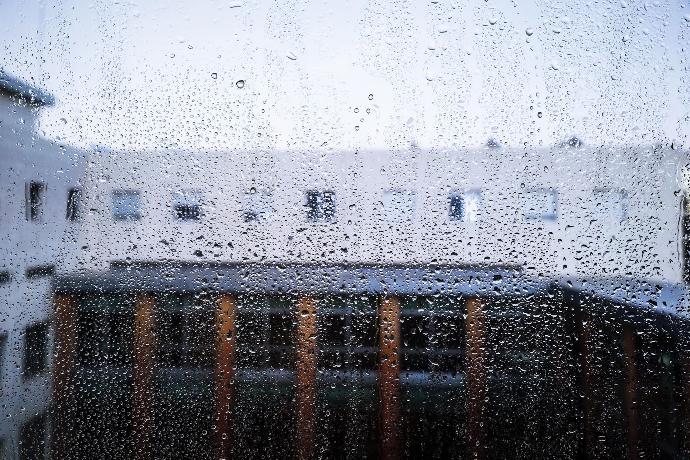
Feel for Draughts
On a windy day feel around the edge of your windows and doors looking for draughts and areas where cold air may be infiltrating your home. You can use your hand or a thin piece of fabric to detect air movement. Air coming through the edge of your frame is a sign that the current weatherstripping is insufficient and should be replaced with a section that adequately fills the gap.
Professional Energy Audit
For a thorough assessment, consider seeking professional advice and paying for a professional energy audit. An energy auditor can perform tests, such as a blower door test, to precisely identify air leaks in your home. They can also use thermal imaging cameras that highlight cold and damp areas around your windows and doors.
Professional energy audtis can be incredibly useful in identifying problems that you may not be able to see.
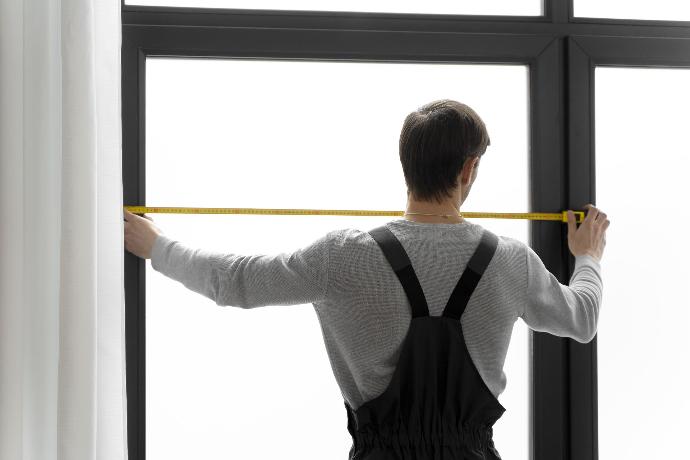
What Are The Main Types of Weatherstrip?
If you determine that a replacement weatherseal is necessary, it is important to spend time selecting the right type of seal for your specific window or door. Factors to consider include the material of the weatherstrip, the type of window or door, the climate and the area of application. Selecting the correct profile is key to ensuring that the seal effectively fills the gap and contributes to an increase in energy efficiency and comfort.
V Seals
V seals, sometimes referred to as tension seals, are made from expanded rubber and can be used as a secondary glazing seal in support of your primary seal. They can be used around any frame but are commonly used to seal the sides of double-hung or sliding windows. When compressed they fold into a 'V' shape that squashes to create a watertight seal. These products are easily installed by cutting the strip to length, peeling off the adhesive backing and pressing into place.
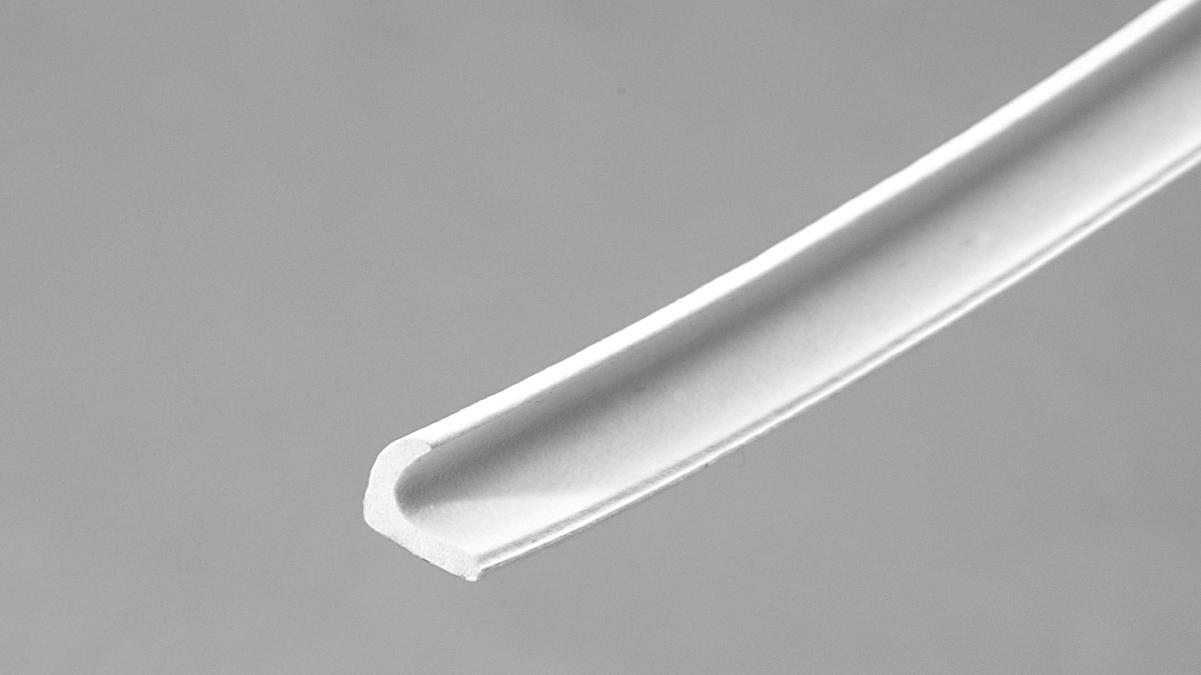
Sponge Tape
Sponge tape, manufactured with a self-adhesive backing, is made from closed-cell sponge rubber. Available in a large selection of thicknesses, it is ideal for irregularly shaped gaps and can be used around the tops and bottoms of window sashes and door frames. Foam tape is very easy to install by cutting to size and sticking in place.
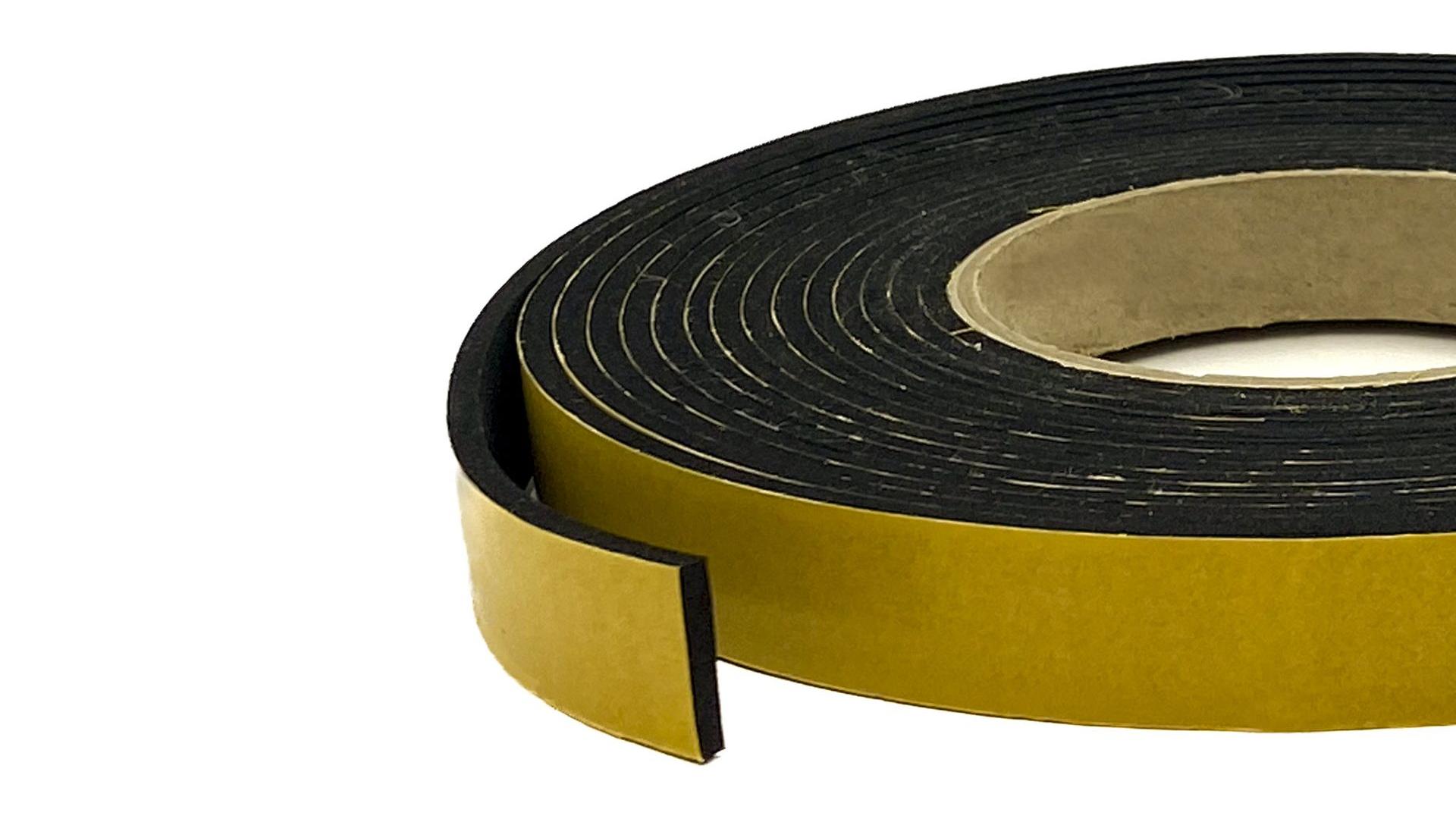
Brush Seals
Brush seals are manufactured from a high-quality polyurethane which is inexpensive and easy to install. They are frequently used in heritage and conservation buildings, such as Grade I and Grade II listing buildings. Brush seals are less durable than other types of weatherseal and are best used in low-traffic areas.
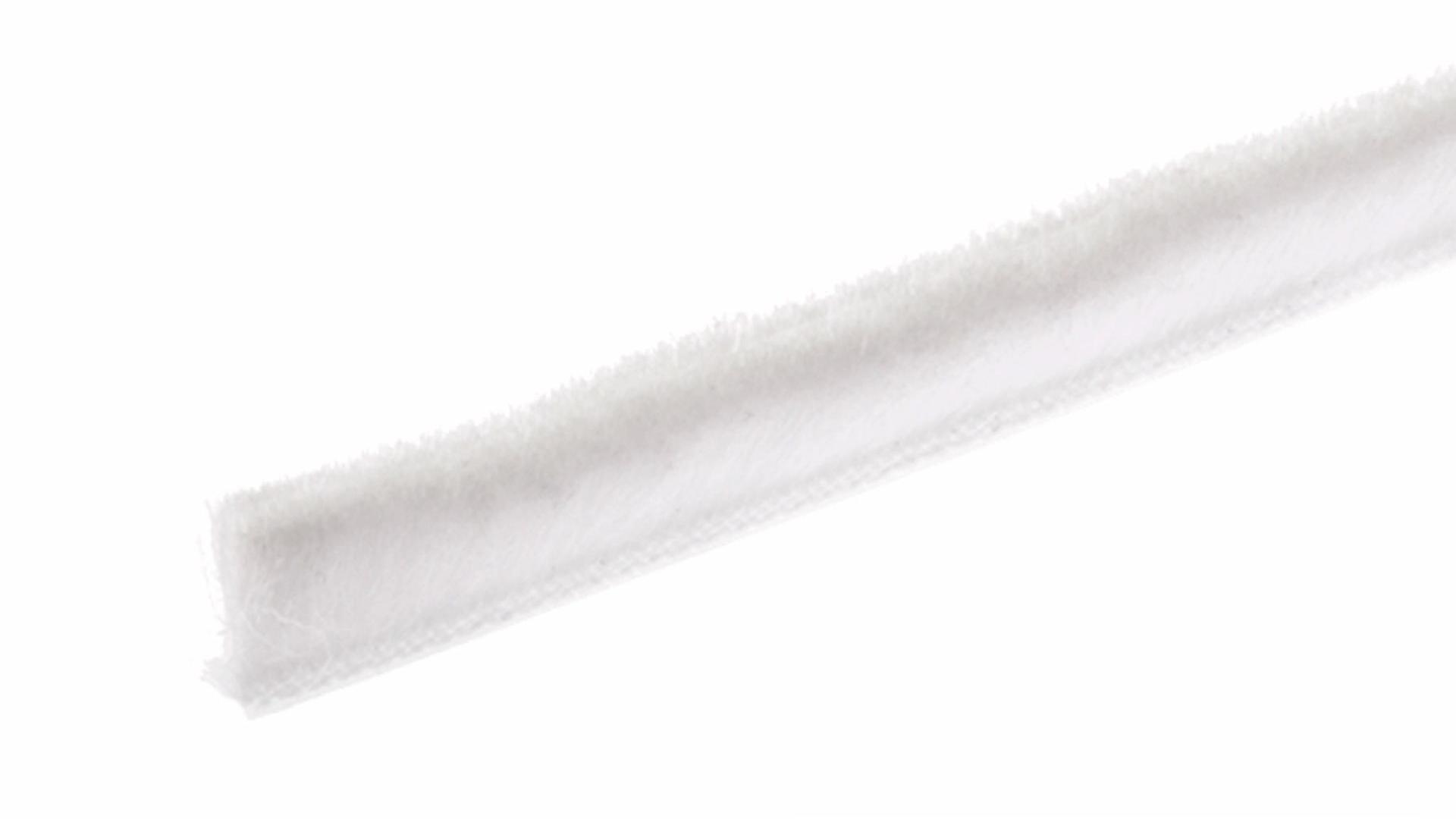
Window Seals
Sometimes it may be necessary to replace the primary glazing gasket to ensure a reliable watertight seal when the window or door is closed. These profiles are manufactured in various materials, shapes and sizes to suit most types of window and door frames. It is essential to select a replacement product that is an exact match to your existing seal.
These sections can be easily fitted by pushing them into the channel around the edge of the frame. This can be done by hand or by using special tools.
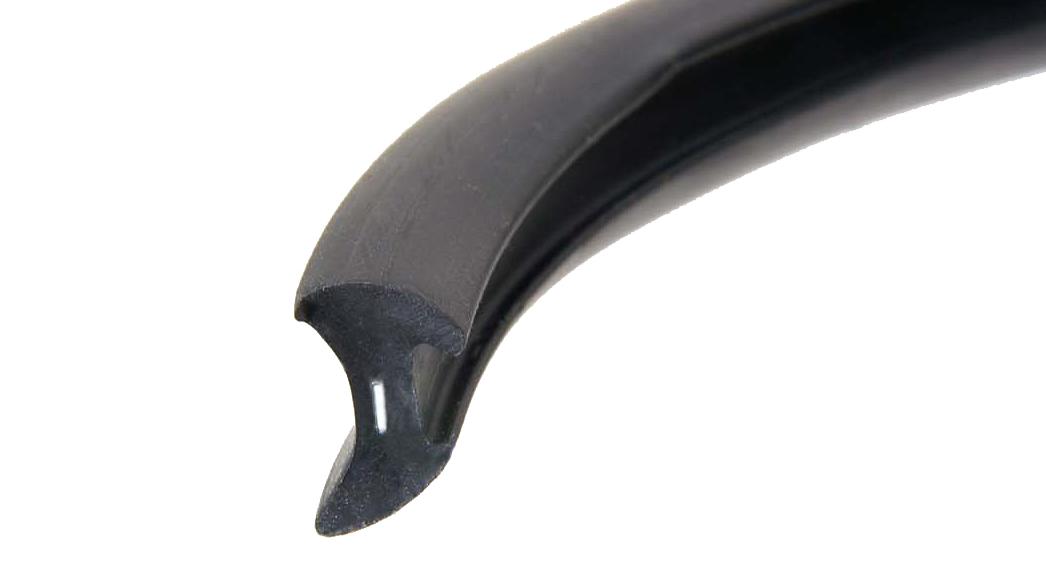
How Often Should Weatherstripping Be Replaced?
As a general rule, weatherstripping should typically be replaced every 5-10 years. However, the exact frequency can vary based on factors that may cause your existing seal to deteriorate a lot quicker. Replacing damaged weatherseals in a timely manner is essential for protecting your home from water ingress, damp and draughts. Regular maintenance can help ensure that your home remains energy-efficient and comfortable.
- Material and Quality:
Different materials have varying lifespans and low-quality weatherseals may
degrade faster than products manufactured from high-quality compounds. For
example, rubber weatherstripping is more hardwearing than foam or brush strips.
- Usage and Wear:
High-traffic areas, like a regularly used window or door may require more frequent
replacements.
- Climate Conditions: In areas with extreme weather conditions, such as intense heat, cold or humidity, your weatherstripping may deteriorate a lot quicker.
For help and technical support in identifying the best replacement weatherseal, please contact our helpful team. We supply an extensive range of weatherseals and glazing gaskets for most windows and doors.